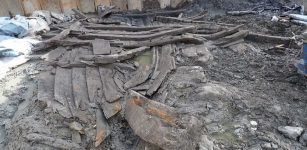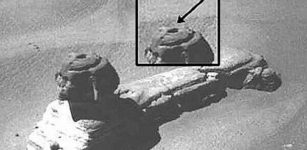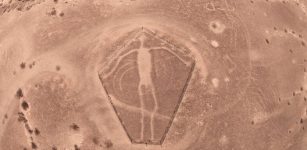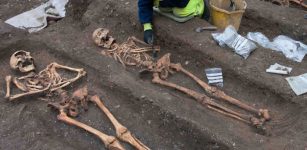Unexpected Neanderthal Behavior In Spain’s Southern Pyrenees – Revealed
Conny Waters - AncientPages.com - A new study from the Australian National University (ANU) reveals that an unexplored area in Spain's Southern Pyrenees foothills is providing insights into a little-known period of Neanderthal history, potentially offering clues about their extinction.
Image credit: Adobe Stock - Jeff Whyte
Abric Pizarro, dating from 100, 000 to 65, 000 years ago during a period MIS 4, is a rare site worldwide. Researchers have collected numerous artifacts, including stone tools and animal bones, offering valuable insights into the previously unknown Neanderthal lifestyle of that period.
These fascinantinbg ancient people were able to adapt to their environment, challenging the archaic humans’ reputation as slow-footed cavemen and shedding light on their survival and hunting skills.
The collected artifacts show that Neanderthals knew the best ways to exploit the area and territory and were resilient through harsh climate conditions.
“Our surprising findings at Abric Pizarro show how adaptable Neanderthals were," said lead author and ANU archaeologist, Dr Sofia Samper Carro.
"The animal bones we have recovered indicate that they were successfully exploiting the surrounding fauna, hunting red deer, horses and bison, but also eating freshwater turtles and rabbits, which imply a degree of planning rarely considered for Neanderthals,” she said.
The results of this fascinating study challenge widespread beliefs that Neanderthals only hunted large animals, such as horses and rhinoceros.
“Through the bones that we are finding, which display cut marks, we have direct proof that Neanderthals were capable of hunting small animals,” Dr Samper Carro said.
ANU archaeologist Dr Sofia Samper Carro says the insights found at Abric Pizarro challenge widespread beliefs that Neanderthals only hunted large animals. Image credit: Sofia Samper Carro
“The bones on this site are very well preserved, and we can see marks of how Neanderthals processed and butchered these animals.
“Our analysis of the stone artefacts also demonstrates variability in the type of tools produced, indicating Neanderthals’ capability to exploit the available resources in the area.”
Shedding light on this crucial transitional period helps archaeologists edge closer to solving a mystery that has plagued researchers for decades: what drove the Neanderthals to extinction?
The discovery of sites such as Abric Pizarro, dating to a specific and under-documented period, provides valuable insights into Neanderthal life BEFORE the arrival of modern humans. This archaeological evidence indicates that Neanderthal populations were flourishing in the region during this time. Such findings contribute significantly to our understanding of Neanderthal society, their adaptation strategies, and their overall success as a species prior to encountering Homo sapiens.
“The unique site at Abric Pizarro gives a glimpse of Neanderthal behaviour in a landscape they had been roaming for hundreds of thousands of years,” Dr Samper Carro said, adding that, as we know, Neanderthals disappeared around 40,000 years ago.
"Suddenly, we modern humans appear in this region of the Pyrenees, and the Neanderthals disappear. But before that, Neanderthals had been living in Europe for almost 300,000 years.
“They clearly knew what they were doing. They knew the area and how to survive for a long time. This is one of the most interesting things about this site, to have this unique information about when Neanderthals were alone and living in harsh conditions and how they thrived before modern humans appeared.”
Thanks to modern excavation techniques, Abric Pizarro and other nearby Neanderthal sites provide detailed data to understand Neanderthal behavior.
“We 3D plot every single remain found larger than one to two centimetres. This makes our work slow, and we have been excavating some of these sites for over 20 years, but it turns into a uniquely precise recording of the sites,” Dr Samper Carro said.
“We are interested in how the different data relates to each other, from stone tools to bones and hearths. This more thorough excavation gives archaeologists information on how Neanderthals lived and how long they were in an area.
“It’s not only the individual materials that give us clues, but also where exactly they are found in relation to other materials on the site that helps us understand how and when Neanderthals were visiting these sites. Were they settled there or just passing through?”
Written by Conny Waters - AncientPages.com Staff Writer






















